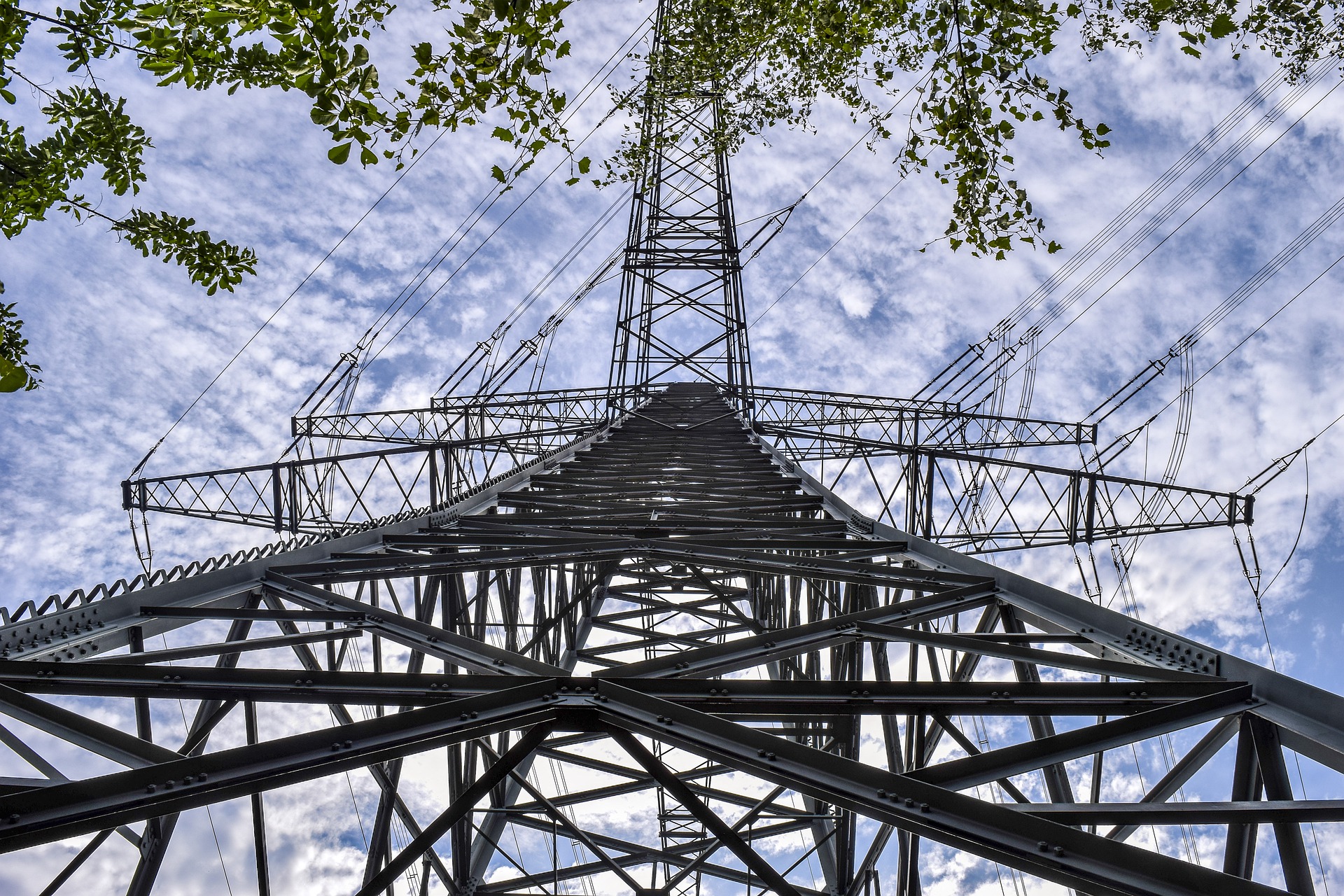Most people have at least heard of the terms voltage (volts), wattage (watts), and amperes (amps). They’re closely associated with electricity and power, but it can be confusing to determine exactly what they mean and how they differ from each other.
To visualize how they all work together, imagine a tank with an outflow pipe.
Watts:
A watt (W) is a measure of how much power an object uses. In the water tank analogy, it is the overall power that is produced when the water shoots out of the tank’s pipe. We see watts used most to refer to the power required to run a light bulb, but it can be used to describe the power consumed by other objects too. For example, a refrigerator generally uses 500-800 watts, a CRV-sized car uses around 100,000 watts to run, and a person working in a field for a regular workday uses about 75 watts. When trying to determine the correct size electrical panel for your home, you simply add the wattages of all your lights and appliances.
Volts:
The voltage (V) is the pressure with which the electrons are forced through the system. In North America, most standard home outlets are 120 V. This works well for most plugs like chargers or TVs, and can even sustain a power strips. However, when you’re powering systems like exterior landscaping lights, you’ll need to alter the voltage with a transformer. Just like you can change the pressure of water exiting a tank, you can increase or decrease the voltage exiting a system by altering the path that the electrons need to take before exiting the transformer. The transformer contains two coils–the first coil receives electricity from the source, then the electrons are sent through the second coil. A transformer that is stepping-down the voltage from a higher pressure to a lower one will have more turns in the first coil than the second. Think of it like how an ice skater spinning quickly with their limbs held tightly against their body slows their spin when they hold out their arms.
Amperes:
A system’s amperage measures the volume of electrons flowing through the system. It is what we commonly refer to as the electric current. The amperage for most small outlets in a home is usually 15 – 20 amps, while outlets made for larger appliances usually carry 20 or 50 amps. In the water tank analogy, the amperage is the amount of water leaving the outflow pipe at a time. A smaller pipe allows less water through at once, which equates to a lower amperage.
All three of these measures are interconnected. You can calculate the total wattage (aka power) of an outlet or other system by multiplying the voltage by the amperes. So, if your outlet is a standard 120 V outlet that has 15 amps of current running through it, the outlet can handle appliances that require 1,800 Watts or less. If an appliance draws more than that from a single outlet, the breaker will trip to prevent an electrical fire. For this reason, you should always be careful when using power strips–it’s easy to accidentally plug too much into a single outlet and cause a tripped breaker.
If you are not familiar with electricity, don’t attempt electrical projects on your own. Call a Sarasota professional electrician for a consultation, and keep your home and family safe.



